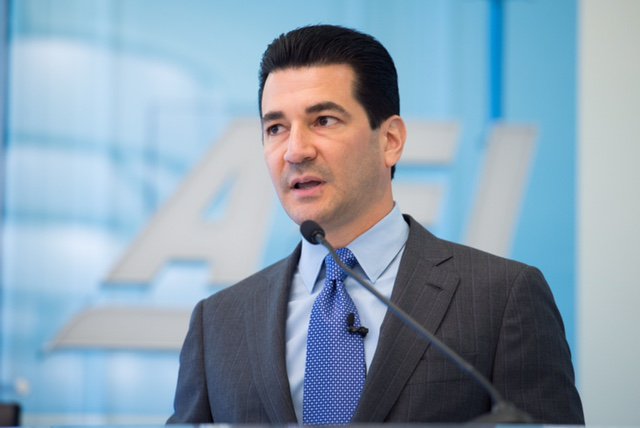FDA’s Innovation Initiative Aims to Prevent Regulatory Barriers

The Innovation Initiative, announced by FDA Commissioner Scott Gottlieb, M.D. last week, is part of the agency’s plan to make regulatory processes more efficient, and allow safe and effective products to reach patients faster.
“We need to make sure that our regulatory principles are efficient and informed by the most up to date science. We don’t want to present regulatory barriers to beneficial new medical innovations that add to the time, cost, and uncertainty of bringing these technologies forward if they don’t add to our understanding of the product’s safety and benefits.” – Scott Gottlieb, M.D., FDA commissioner
In a blog on FDA Voice, Gottlieb emphasizes the cost component of developing technology and patient ability to access them. The 21st Century Cures Act gave FDA new authorities and resources to help modernize the agency’s regulatory programs, and with more efficiency should come more cost savings.
CDRH is building in silico regulatory models for device design and evaluation, which includes a digital library of models and virtual patients that can be used for testing devices.
FDA also published a list of 21st Century Cures Act Deliverables. Under the Act, CDRH has already taken several actions, including exempting more than 70 Class I devices from submitting a 510(k), exempting more than 1000 Class II devices from submitting a 510(k) on certain grounds, amending regulations to qualify more devices for humanitarian device exemption, and publishing a list of reusable device types for which the agency requires validated instructions for use and validation data related to cleaning, disinfection and sterilization in 510(k)s.

